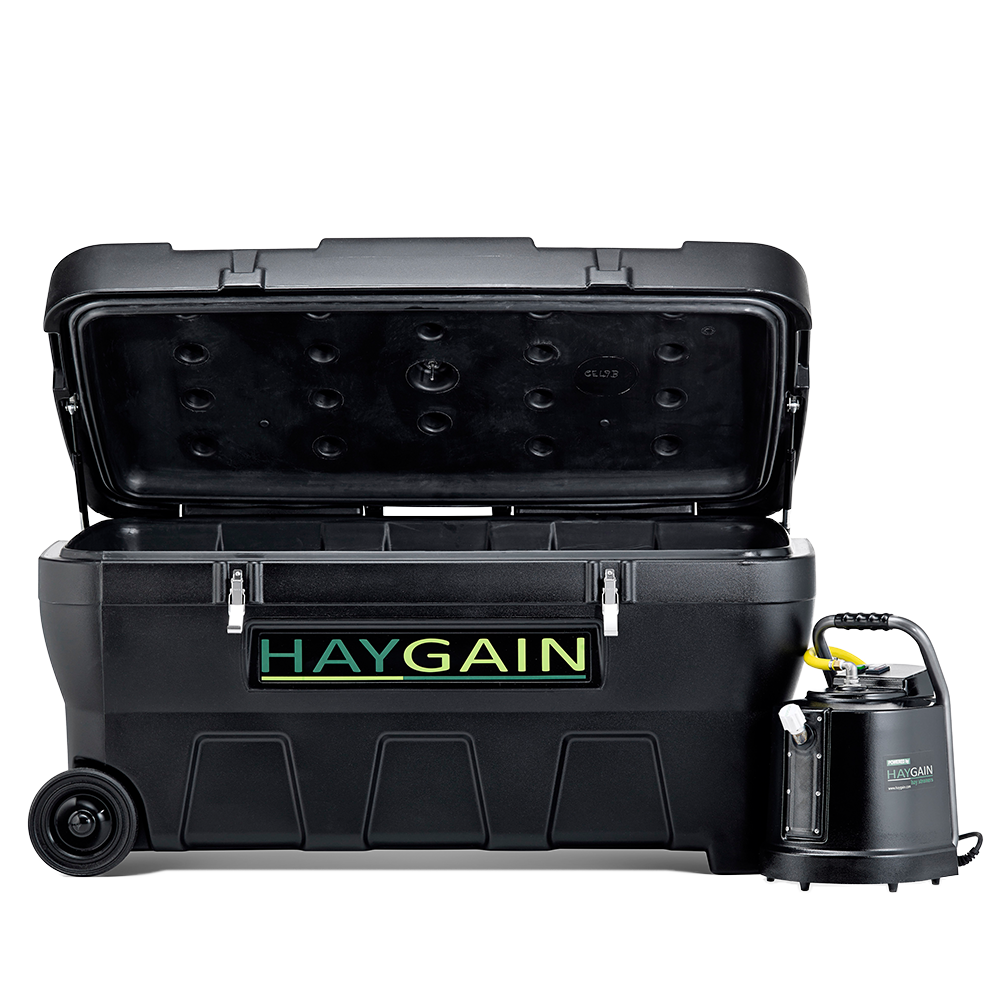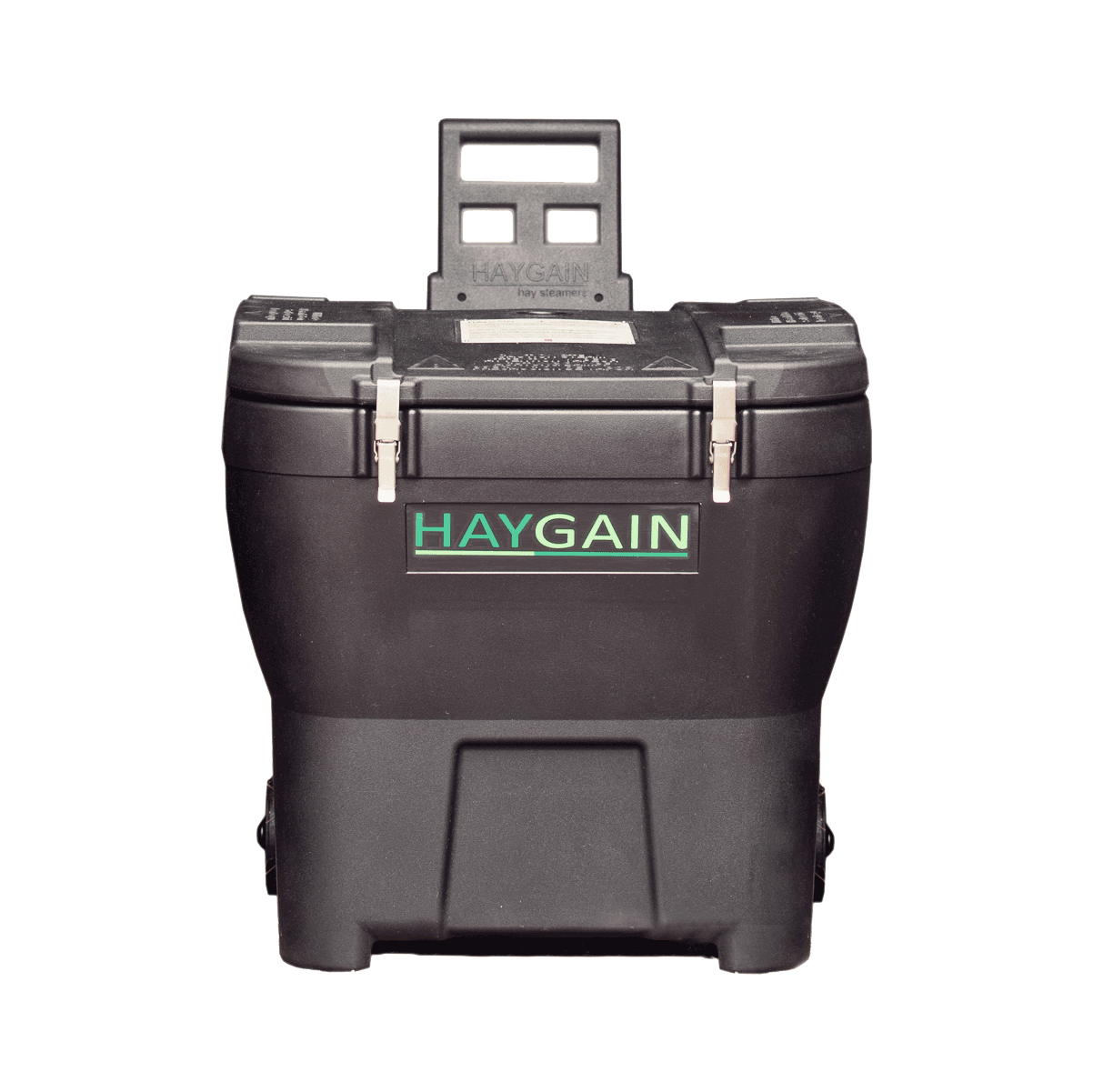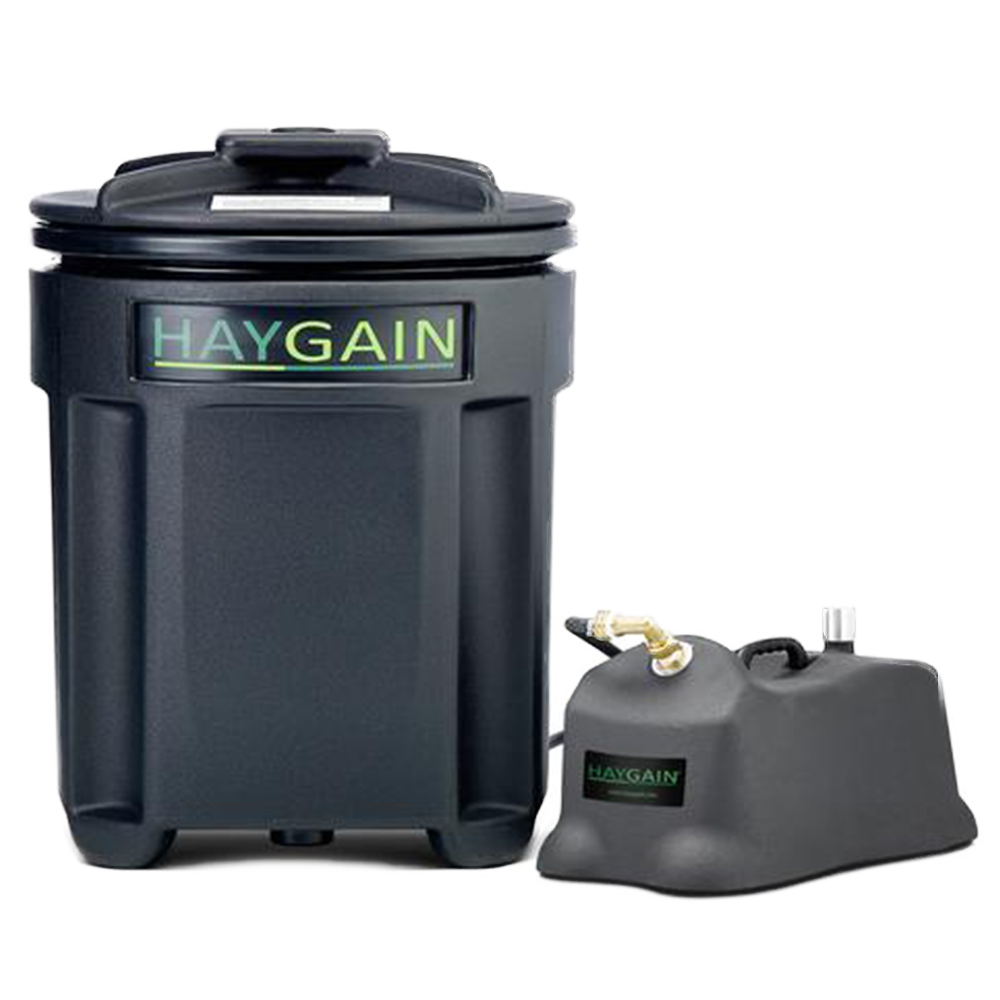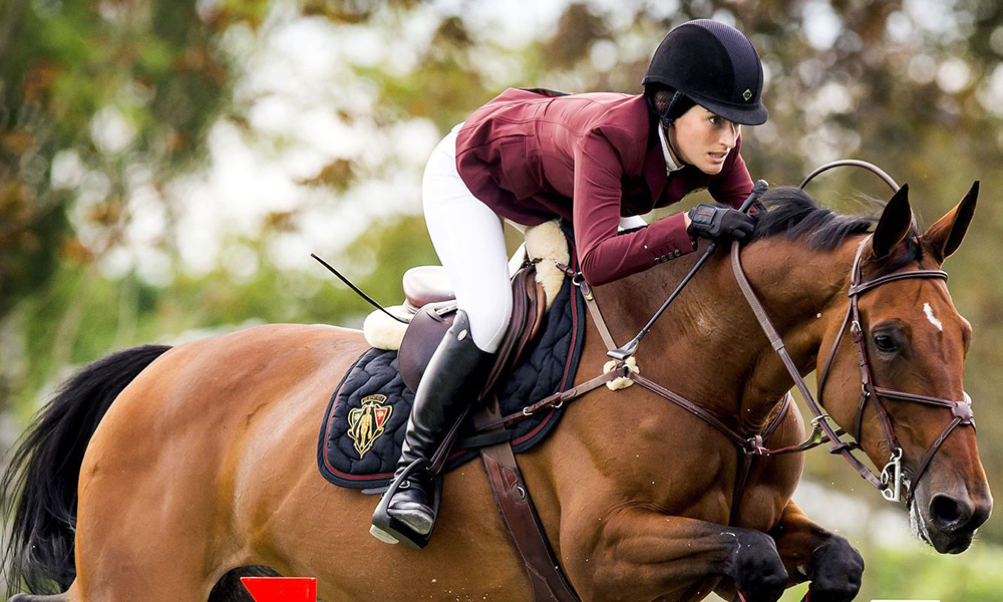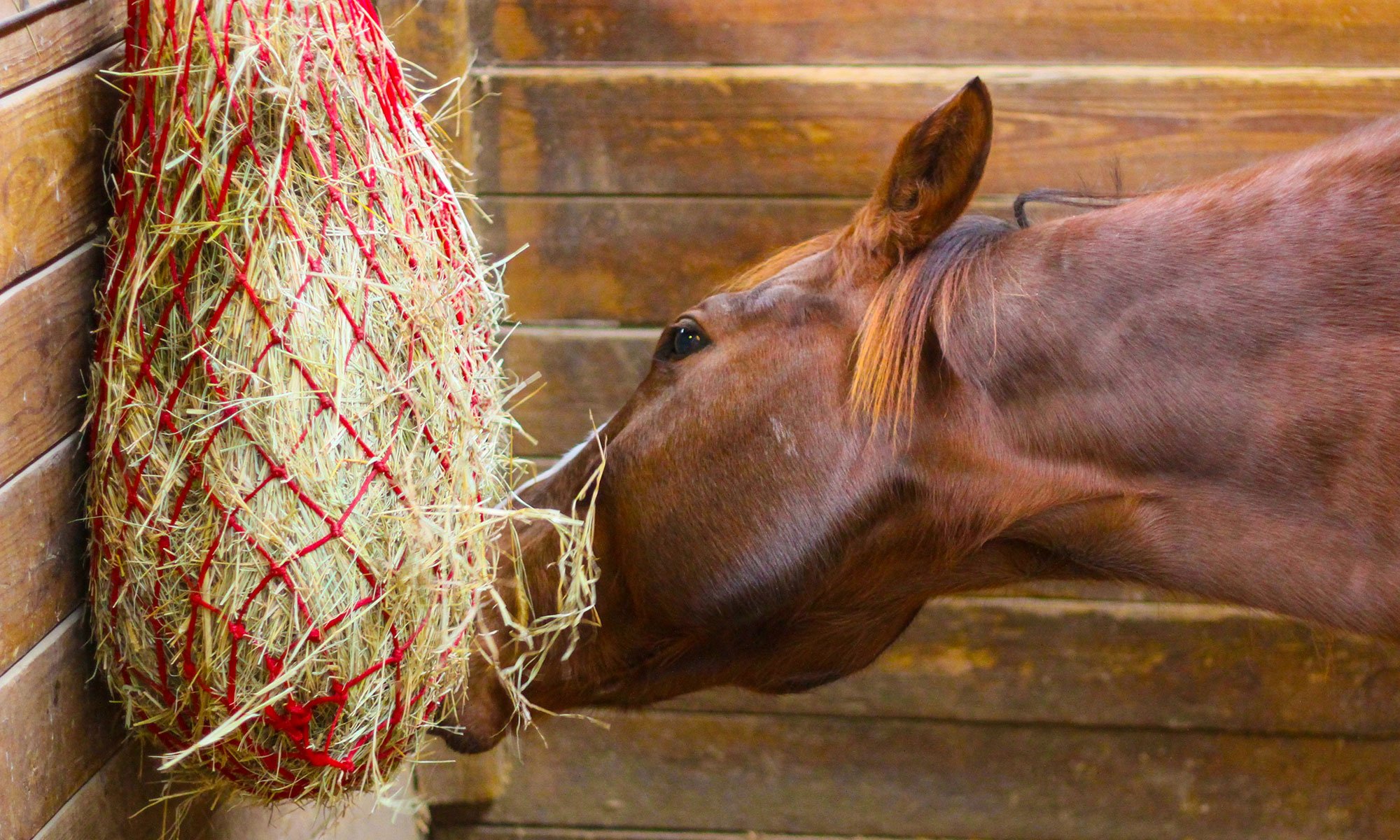A sport horse may have huge muscles, a strong heart and good bones, but if the respiratory system is not healthy this will limit performance, especially when under pressure. In this article, Sharon Smith looks at the “Marginal Gain” approach, and explains why keeping the respiratory system in top condition should be at the top of our list.
Sharon Smith MSc BHSAP, Equine Consultant
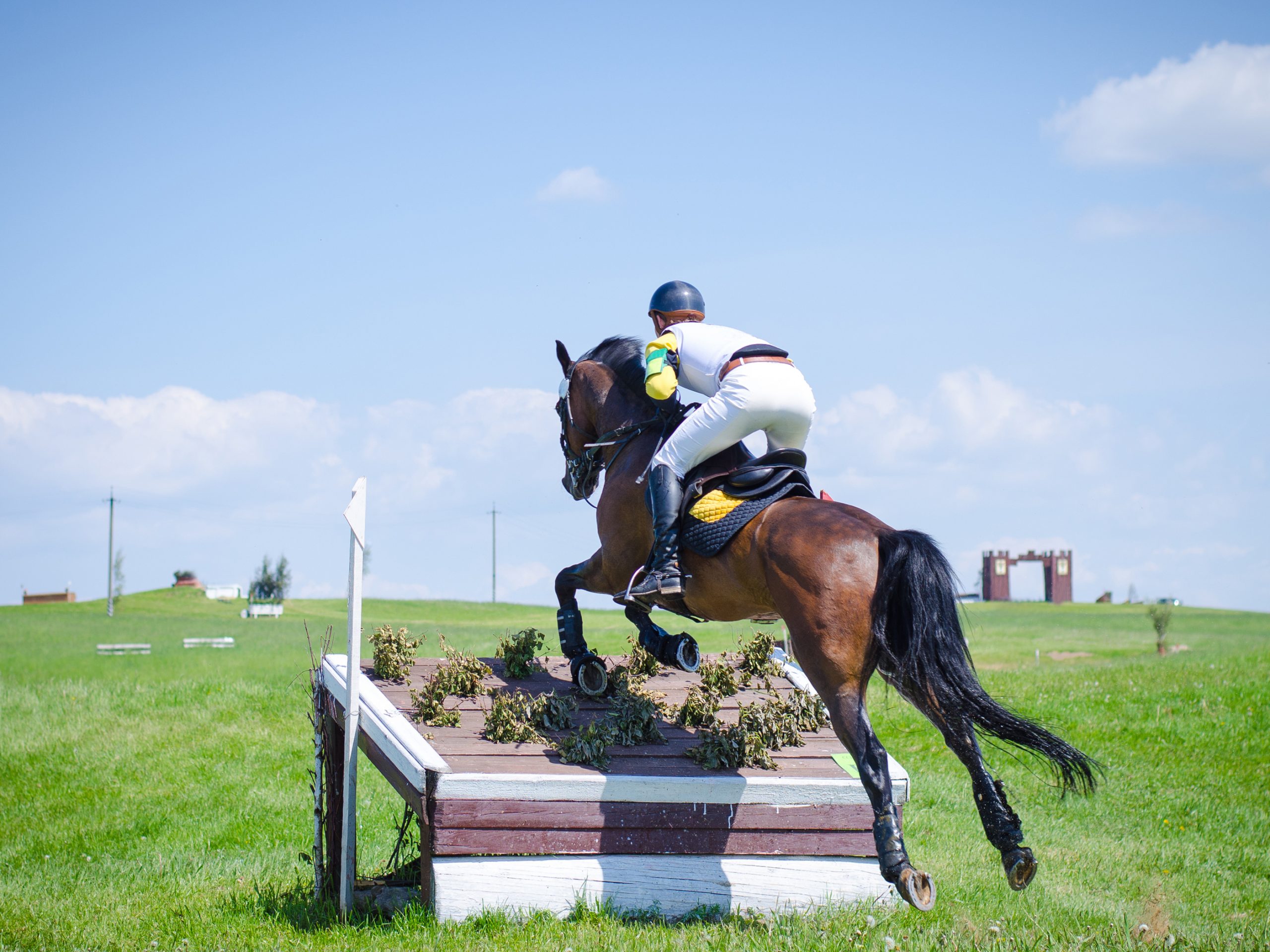
My granddaughter Katy Skelton competed for Team England at the 2012 London Olympics, so I witnessed the “marginal gains” approach, or actions that act around performance and, when optimized, contribute to its improvement. As a result, every aspect of the athlete’s day, beyond training sessions, is examined and optimized for individual needs in order to achieve maximum performance. A sport horse may have huge muscles, a strong heart, and good bones, but a damaged respiratory system limits performance during intense exercise [1], and this is where the “Marginal Gains” could really add up.
The main factors that impact the amount of oxygen (and carbon dioxide) entering and leaving the bloodstream are two[2]:
- How much air goes in and out of the lungs, compared with the blood flowing around them. When the volume of incoming air cannot match the blood flow, the result is an “inequality of ventilation and perfusion.”
- The efficiency of gas exchange across the lung-blood barrier. This does not happen quickly enough to maintain aerobic muscle function (even in healthy horses), and the result is ‘diffusion limitation.’
When it comes to getting air in and out of the lungs, it is good to know that horses evolved as nasal breathers; this means they rarely breathe through their mouths. Just think that from rest to intense exercise, the airflow in the sport horse ‘s lungs can increase from 5 to 75 liters per second!
Sport horses can do this because the upper airways (from the nose to the trachea) have evolved in a unique way, widening and stiffening during high-intensity exercise. Despite this, the upper airway accounts for 80% of the total air resistance in a healthy exercising sport horse [3]. This resistance means that the vacuum pressure in the upper airway increases almost 20 times during inhalation. A reduction of as little as 20 percent in airway width in an unhealthy or compromised sport horse will double the airflow resistance. Thus, excessively high vacuum pressures deep in the lungs can lead to exercise-induced pulmonary hemorrhage (EIPH) [4].
During exercise, airway restriction will be caused by an ill-fitting or too tight nasal band, head and neck that are too bent (where the rider holds the horse’s head firmly to the chest), or because the sport horse pulls the tongue back due to heavy pressure. Despite the common practice during races of tying the tongue to the lower jaw or out the side of the mouth, there is no evidence that this improves ventilation [5].
Microscopic air-born particulates, ammonia generated from urine, microbial infections-all these harmful elements produce excess mucus, inequality of ventilation and perfusion, and diffusion limitation during exercise. To solve the problem, nothing beats clean air and grazing, but most sport horses cannot be kept on pasture year-round. This is why preserved Forage assumes a very important role. Unfortunately, the process of producing, storing and feeding dry hay leads to the formation of dust [6]. It is now scientifically proven that Haygain Steamers eliminate harmful bacteria, molds, and viruses in hay; the process greatly reduces respirable dust (up to 99 percent) over the duration of the sport horse’s food consumption.
Chronic stress also suppresses the immune system [7], so low-stress management keeps the sport horse fit and healthy; therefore, it is necessary to always ventilate the box well and take care of litter hygiene.
According to the studies, thoroughbreds would have been 4 times more likely to win races, and 2 times more likely to rank if they did not have EIPH. Yet 56 percent of the 744 horses involved in the study were found to have the condition. In a sport where fractions of a second or a momentary lapse in concentration make the difference between victory and defeat, who can afford to ignore “Marginal Gains”?
How can Haygain help?
Haygain has been working in the field for years to improve respiratory health with its hay Steamers. If your sport horse has respiratory problems, have you ever considered the source of the problems? Is it the dust in the hay? Are the allergens present in the environment? Is it the high levels of pollen? It could be all three. Purifying hay with Haygain targets the source of the problem, eliminating 99% of pathogens in hay and hay-silo
References
1] Hinchcliff, K., Geor, R., & Kaneps, A. J. (2008). The horse as an athlete: a physiological overview. The physiology of equine exercise: the science of exercise in the athletic horse, 1.1(10).
[2] Dempsey, J. A., & Wagner, P. D. (1999). Exercise-induced arterial hypoxemia. Journal of Applied Physiology, 87(6), 1997-2006.
[3] Robinson, N. E., & Sorenson, P. R. (1978). Pathophysiology of airway obstruction in horses: a review. Journal of the American Veterinary Medical Association, 172(3), 299-303.
[4] Poole, D. C., & Erickson, H. H. (2008). Cardiovascular function and oxygen transport: responses to exercise and training. Equine exercise physiology: the science of exercise in the athletic horse. Hinchcliff, KW, 232.
[5]Holcombe, S. J., & Ducharme, N. G. (2008). Upper airway function of normal horses during exercise. Physiology of Equine Exercise: The Science of Exercise in the Athletic Horse. Philadelphia, PA: Saunders Elsevier, 170-192.
[6] Seguin, V., Lemauviel-Lavenant, S., Garon, D., Bouchart, V., Gallard, Y., Blanchet, B., … & Ourry, A. (2010). Effect of agricultural and environmental factors on hay characteristics involved in equine respiratory diseases. Agriculture, Ecosystems and Environment, 135, 206-215.
[7] Elenkov, I. J., Wilder, R. L., Chrousos, G. P., & Vizi, E. S. (2000). The sympathetic nerve-an integrative interface between two supersystems: the brain and the immune system. Pharmacological Reviews, 52(4), 595-638.
